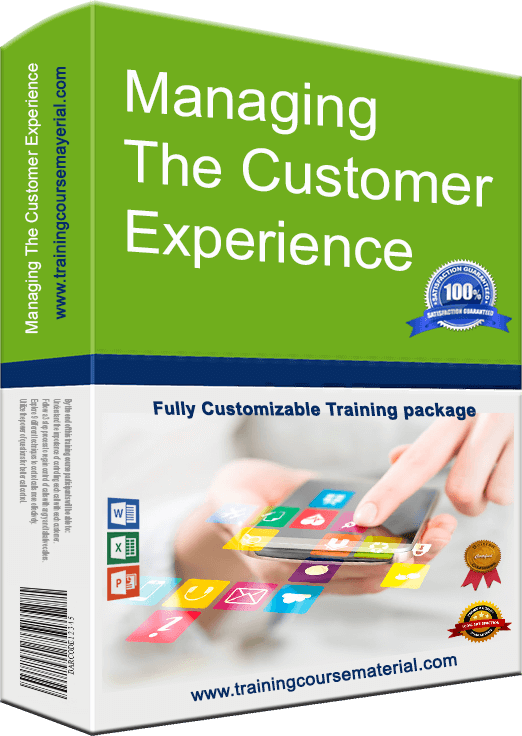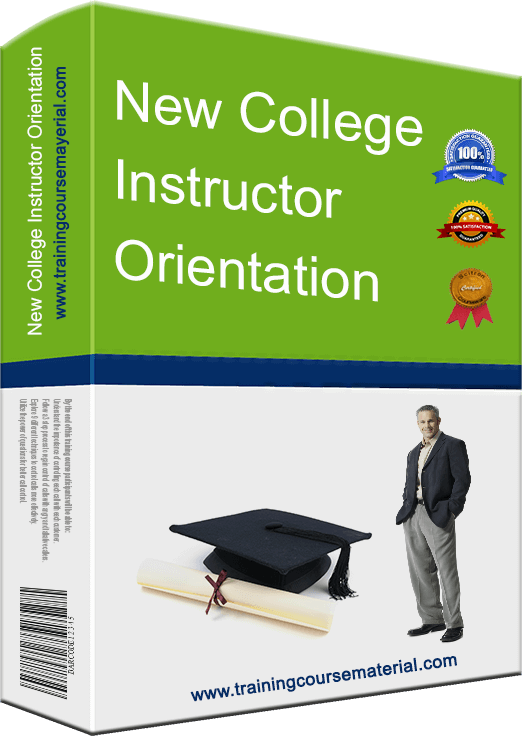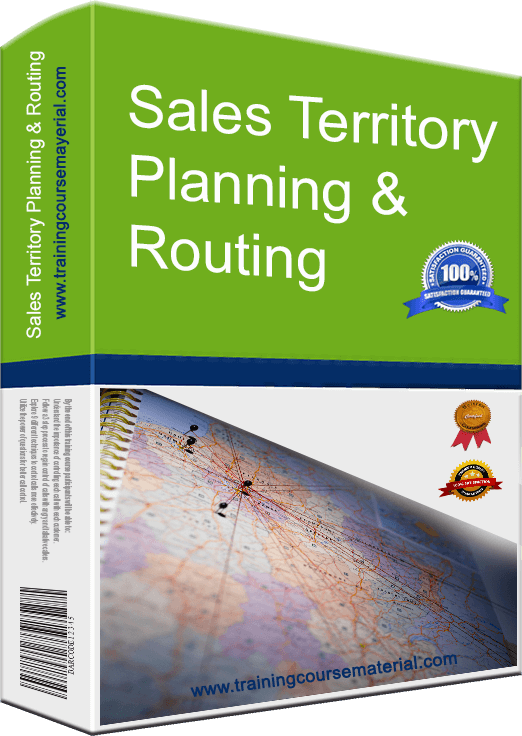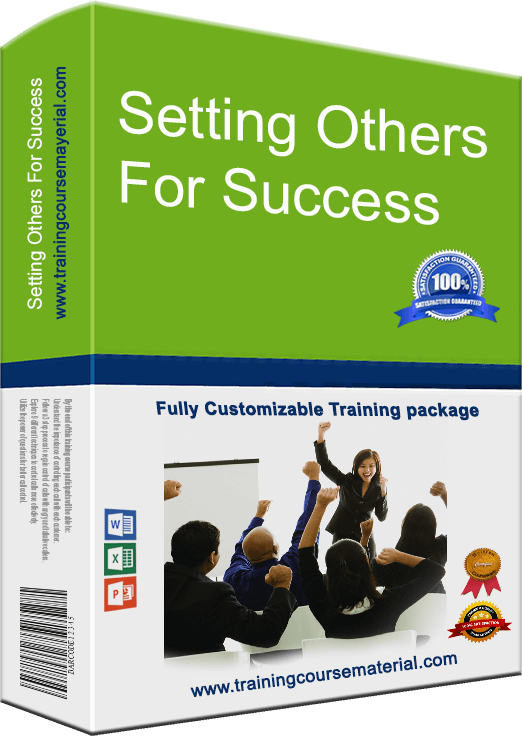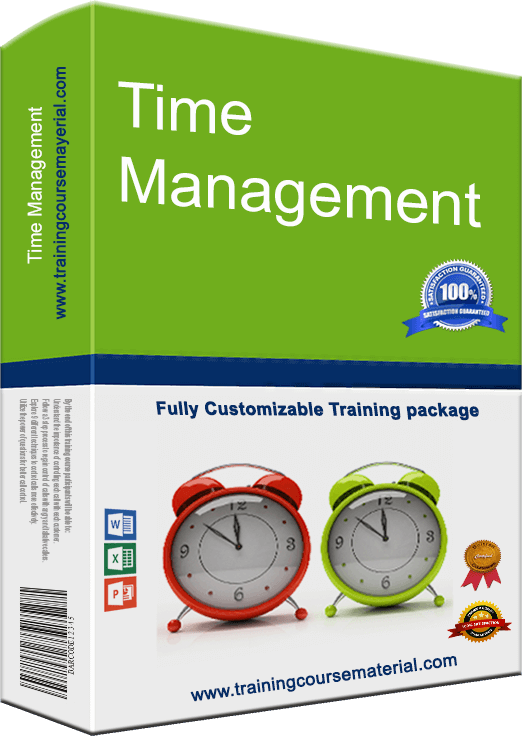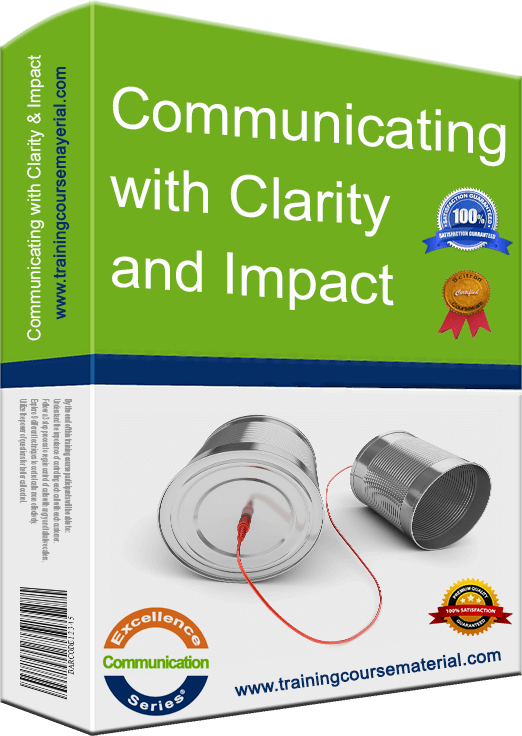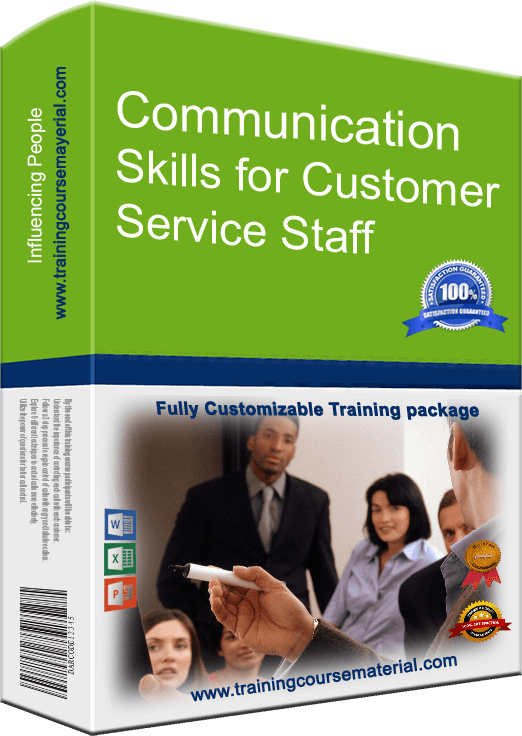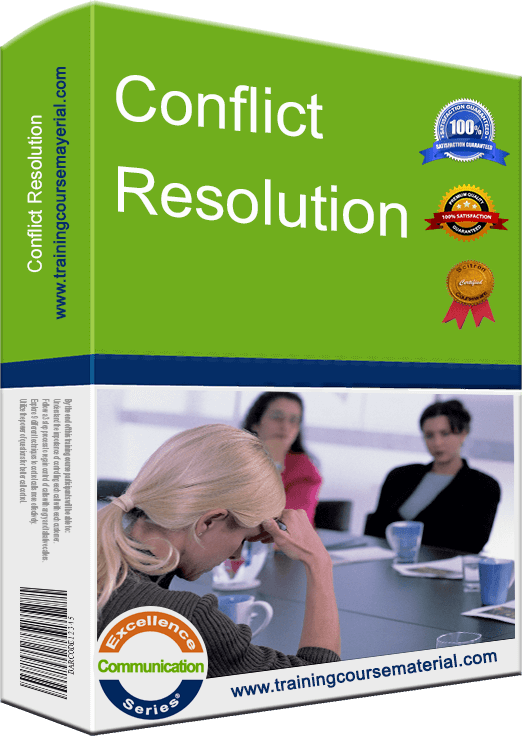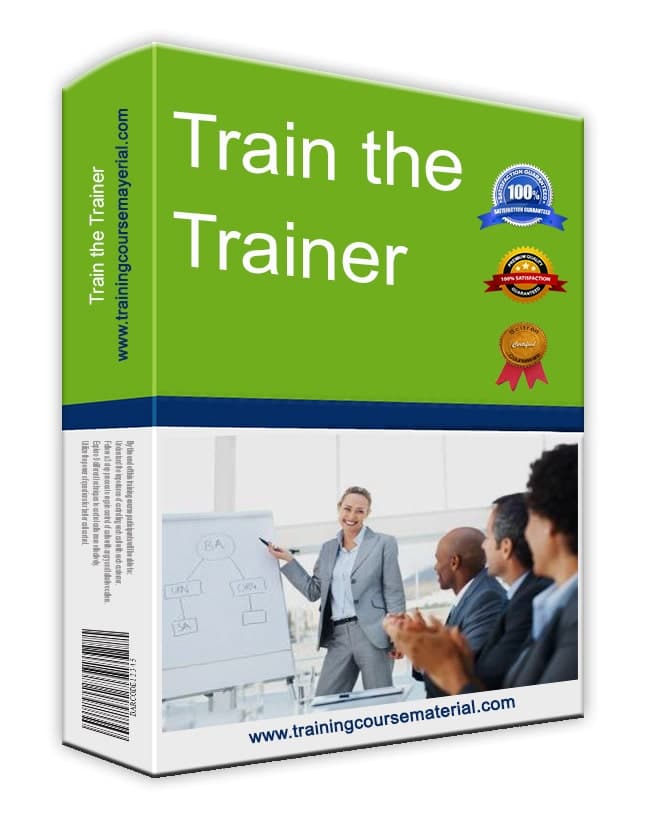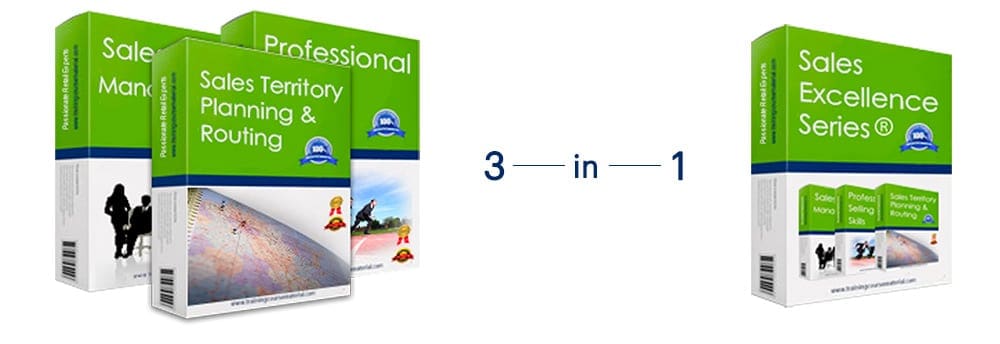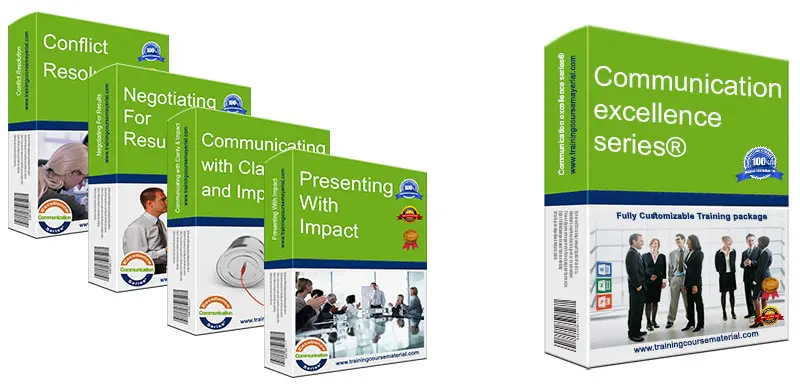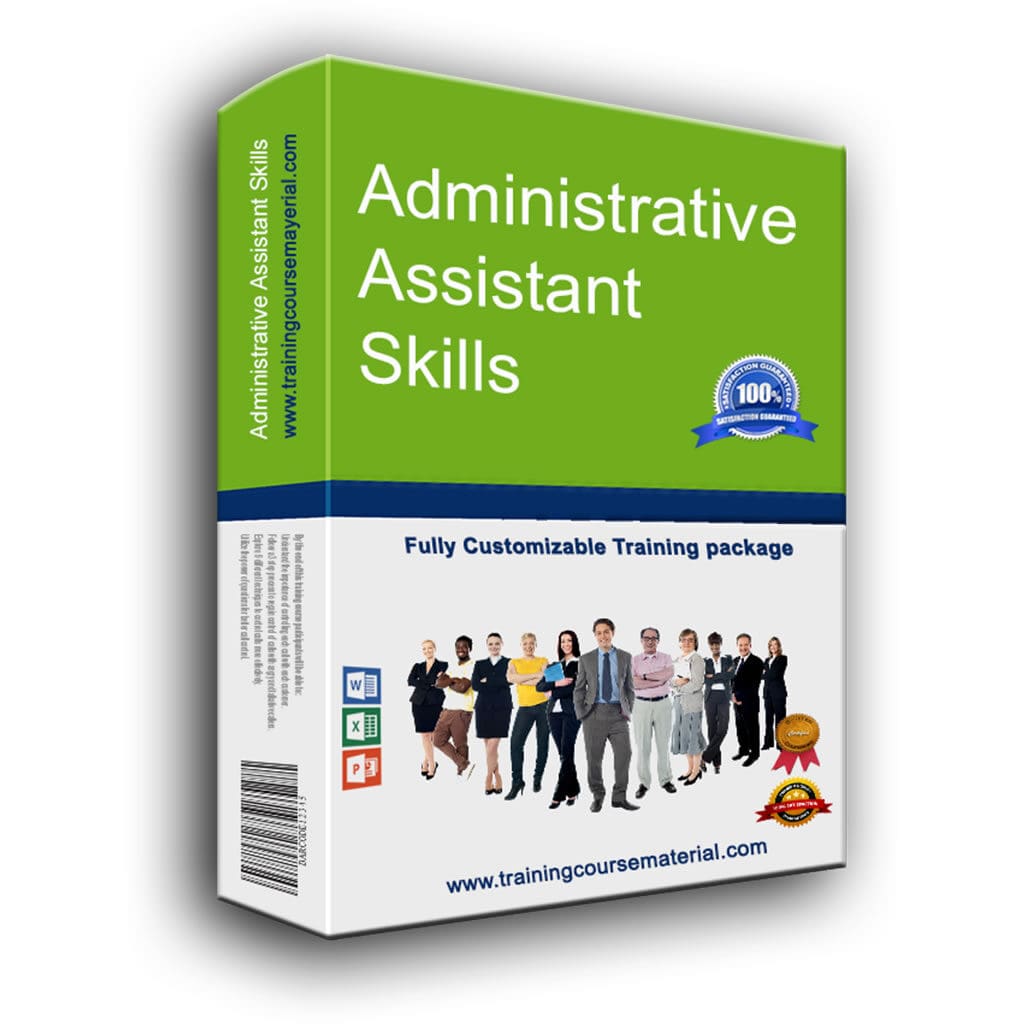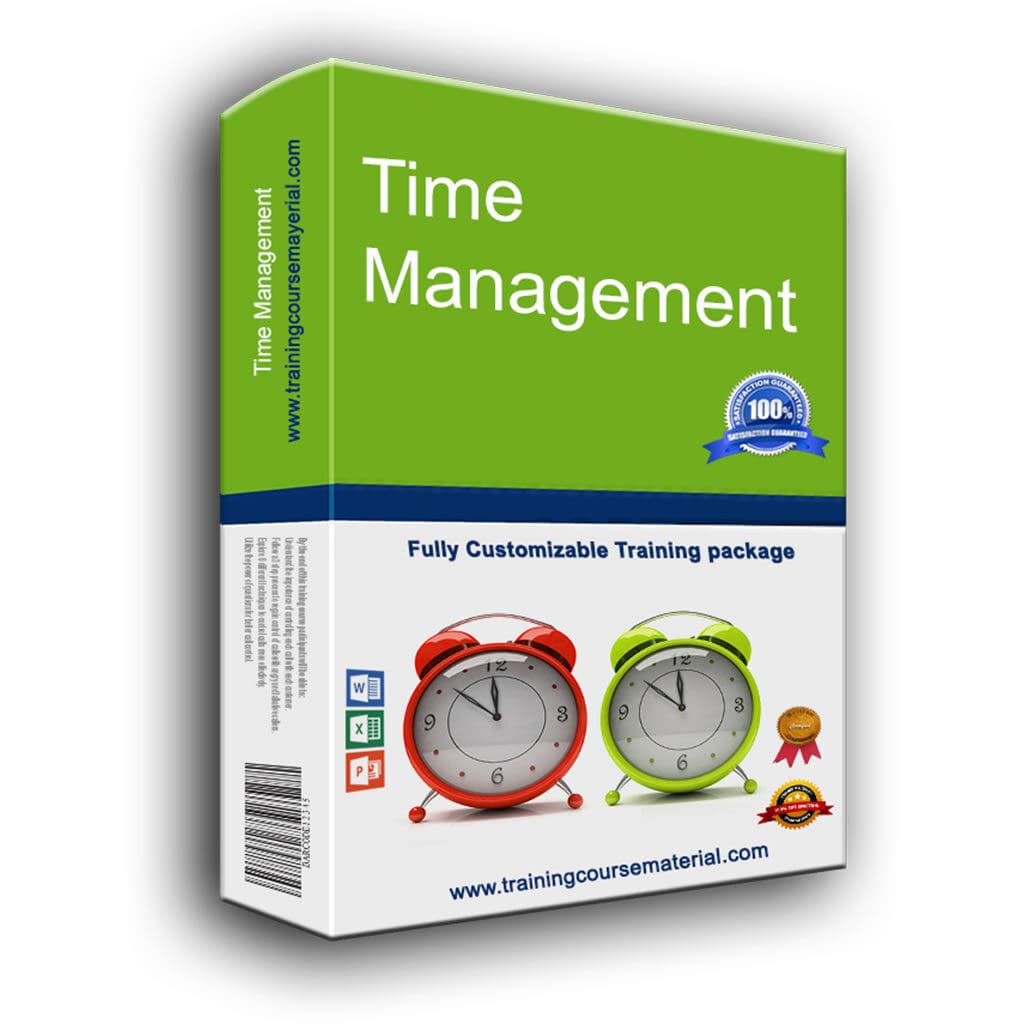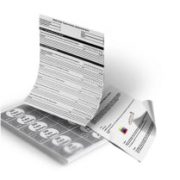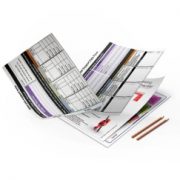Questions Turn your Presentation to a Two-way Communication
Questions and answers transform your presentation from a one way communication to a two way communication by giving your audience the chance to interact with you and ask questions about the content you delivered. Some of us understandably can get nervous about throwing oneself out there at the audience's mercy worrying about possibly getting a difficult questions or maybe it's an opportunity for someone in the audience to get back at you. some people feel it may detract from their message or maybe even the audience may take over. indeed if you as a presenter badly handle questions and answers, this may lead to losing control of the presentation as well as leave a negative impression with your audience.
Handled well, questions and answers can serve many purposes in addition to turning your presentation into two way communication it can also help you check your audience's level of understanding, their questions will give you valuable information about what they have or have not understood and will also highlight any concerns or requests for clarifications your audience may have and also gives your audience a chance to articulate the new information and explore the subject.
The following tips can be helpful in dealing with questions but first you need to follow these 3 steps to answering questions:
1- Listen Actively to the whole question
One of the keys to really actively listen to questions from you audience and ensure you understand the whole question is to stop yourself from trying to think of an answer before you completely listen to all what was said. Once you start thinking and formulating an answer in your head you stop listening and this can cause you to miss a great deal of what the questioner is saying and when you answer, your response will be less than half of what has been actually asked.
2- Decide if you want to answer the question or not
You do not have to answer every question, you may get questions that you want to avoid for any reason, in that case if possible share your reasons with the questioner and ensure they know why you decline answering their question or you can to the questioner after the presentation is over.
3- Rephrase the question
If you decide to answer the question, it's always good practice to paraphrase the question or rephrase it once more using your own words which allows the rest of the audience to hear what the question was and it also ensures you that you heard the question correctly and in some cases, rephrasing the questions can be necessary if it involves technical terms or jargon which the rest of the audience may not understan, besides it also gives you extra few seconds to formulate your answer in your head..
When you don’t know the answer
Be honest. Say ‘I don’t know’, but I will find out and get back to you ’.An even better response would be: ‘I don’t know, but I will find out by the end of the lunch break/tomorrow morning/etc.’ And when you say you’ll get the answer, make sure that you do.You can also choose to try throwing the question right back out there to the audience, maybe one of the audience may come to your rescue.
When the question was answered before
when someone asks a question that was answered before during the presentation, the best thing to handle this is to ignore the fact that you already answered this before and repeat both the question and answer. You may be tempted to respond with something like ' I believe i answered that question before ' which may sound polite but what you are really saying to the questioner is 'pay attention stupid'. The best response is to act as if the question is asked for the first time to avoid this scenario with your questioners.
Provocative Statements
Rather than getting a question, sometimes you may get a provocative or disruptive statement . In that case its better not to rephrase it unless you can somehow turn it around and use it to your own advantage.
Show off questions
Some questioners may deliberately ask questions with no purpose other than to show off or to trap or embarrass you in some way but also keep in mind that it can also be a genuine question but maybe the way it was asked or just gave you that impression. Whatever it was the best way is to assume it is a genuine question. and answer as follows:
1. Wait until the question/statement is complete.
2. Reframe what has been said, using a lead-in phrase such as: ‘If I’ve understood you correctly, you’re saying [reframed statement]. Have I got that right?’
3. Be especially careful that you only answer if you have your facts straight.
Can't wait questions
some of your audience maybe particularly interested in a specific topic of your presentation that you didn't get to yet and they just can't wait and use probing questions to get you to move to that part they're interested in. The best way to deal with them is to assure them you will get to that part shortly and that their questions will be answered in full when we get to that specific part. Politely explain that you cannot answer their question right now in order to follow the logical sequence of your presentation but will answer it when we get to that specific topic.
For more presentation skills, check out our "Presenting With Impact" instant download training package.



